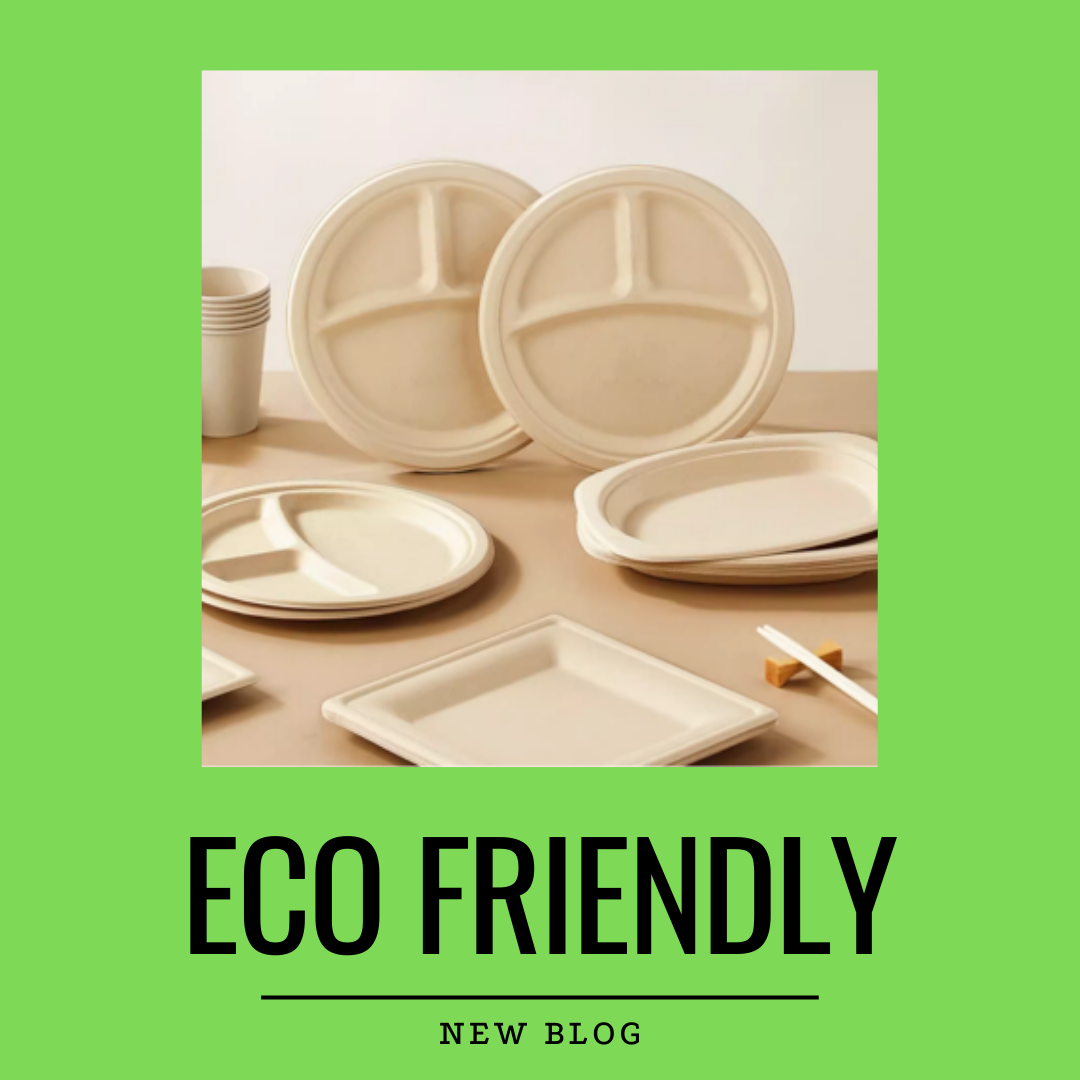
Bamboo plates have become an essential part of the conversation surrounding eco-friendly products. As consumers increasingly seek alternatives to plastic, bamboo offers a sustainable, biodegradable solution.
Bamboo plates are quickly gaining popularity as eco-friendly alternatives to plastic. In this article, we explore their environmental benefits and why they make a smart choice.
If you’re considering switching to bamboo tableware, keep reading to find out why this green choice is worth your attention.
Introduction?
Bamboo plates are often celebrated for being a more sustainable alternative to plastic. At PANABAM, sustainability is at the core of what we do. We’ve built a brand that emphasizes eco-conscious products, and our bamboo tableware is a perfect example of our commitment to preserving the environment.
As demand for eco-friendly products continues to rise, bamboo plates stand out as a sustainable solution to the growing plastic waste crisis.
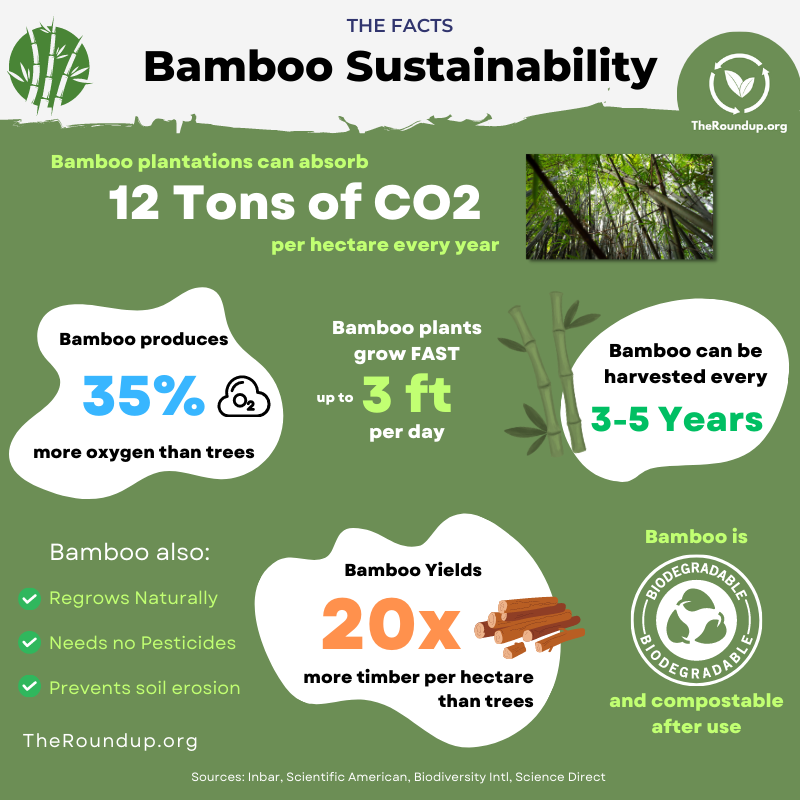
Rapid Growth of Bamboo
Bamboo is an incredibly fast-growing plant that can shoot up to 35 inches per day. Unlike traditional hardwood trees, bamboo matures in just 3-5 years, making it a highly renewable resource. This rapid growth rate allows bamboo to be harvested regularly without depleting natural resources. In fact, it can be harvested annually, which is not only sustainable but also helps in maintaining a healthy ecosystem.
Bamboo’s ability to regenerate quickly also means it requires fewer resources compared to other wood products. This is a key factor in why it’s becoming an increasingly popular material for eco-friendly tableware. The quicker the growth, the less impact it has on the environment, creating a reliable and consistent cycle of production.
Sustainable Harvesting
When bamboo is harvested, the process is remarkably sustainable. Bamboo can be cut without killing the plant, meaning it continues to grow back year after year. This regenerative process helps preserve the soil and prevents erosion. Unlike other resources that require replanting or re-growing from scratch, bamboo’s natural regenerative ability makes it one of the best eco-friendly materials available.
Additionally, bamboo grows in large, dense groves, providing natural shade to the soil beneath. This shade reduces water evaporation and helps maintain soil moisture, which can be particularly important in areas with arid conditions. The planting and harvesting of bamboo support local ecosystems and help prevent land degradation.
Environmental Benefits of Bamboo Plates?
Bamboo plates offer numerous environmental benefits that set them apart from other disposable tableware options.
Bamboo is a natural and biodegradable material that makes bamboo plates an ideal eco-friendly alternative to traditional plastic plates.
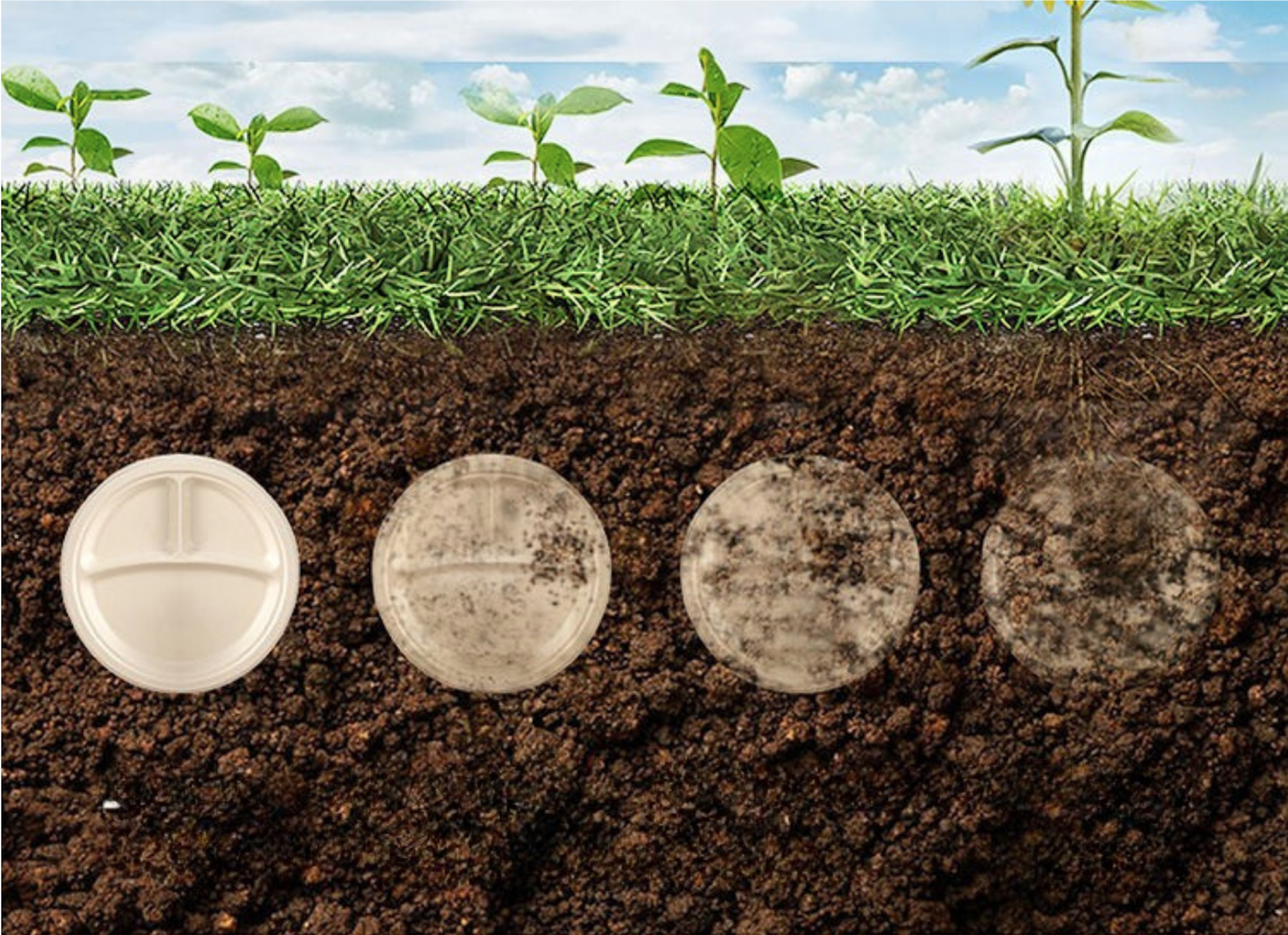
Biodegradability
Bamboo plates break down naturally within 3-6 months when disposed of, unlike plastic plates which can take hundreds of years to decompose. This means bamboo products do not contribute to long-term pollution or environmental degradation. In addition, because bamboo is organic, there are no harmful chemicals released into the environment when it decomposes.
When bamboo plates break down, they return to the soil as compost, enriching the earth rather than polluting it. This contrasts sharply with plastic, which often ends up in landfills or oceans, causing severe environmental damage to wildlife. The process of composting bamboo plates is straightforward and requires minimal energy input, which is another factor contributing to the material’s overall eco-friendliness.
Lower Carbon Footprint
Bamboo plays an important role in mitigating climate change. As it grows, bamboo absorbs carbon dioxide, helping reduce the overall carbon footprint of the plant. This makes bamboo products, including plates, more eco-friendly than many other alternatives, especially plastics, which require significant energy to manufacture and contribute to harmful emissions.
The carbon sequestration potential of bamboo is one of its strongest points. In fact, studies have shown that bamboo forests absorb more carbon dioxide than most other plant species, making them a valuable tool in the fight against global warming. By choosing bamboo, you are not only reducing the use of harmful materials but also contributing to the planet’s efforts to combat climate change.
Comparison with Other Disposable Tableware?
When it comes to disposable tableware, bamboo plates stand out not only because of their sustainability but also because of the benefits they offer when compared to other materials like plastic and palm leaves.
Let’s take a closer look at how bamboo plates compare to plastic and palm plates in terms of environmental impact.

Bamboo vs. Plastic
Plastic plates are harmful to the environment because they take hundreds of years to degrade. Additionally, the production of plastic contributes to pollution and consumes significant energy resources. On the other hand, bamboo plates are biodegradable and compostable, which makes them a far better choice for reducing waste. While plastic plates are cheap, their environmental cost is extremely high.
Plastic production relies heavily on petroleum, a non-renewable resource, and is one of the largest contributors to global pollution. By contrast, bamboo is a renewable resource, and its production has a fraction of the environmental impact. Bamboo also requires minimal water compared to other crops and does not rely on harmful pesticides or fertilizers, making it a more sustainable option for tableware.
Bamboo vs. Palm Plates
Palm plates are another popular eco-friendly alternative to plastic, made from fallen palm leaves. While palm plates are biodegradable and compostable, bamboo plates have some advantages. Bamboo is a renewable resource that grows much faster than the palms used for these plates, making bamboo a more sustainable option over time. Moreover, bamboo plates tend to be more durable and have a smoother, cleaner appearance compared to palm plates.
Palm plates can sometimes be brittle and may not hold up as well to heavy or hot foods. Bamboo, however, has natural fibers that provide greater strength and durability, making it a more reliable choice for various occasions, especially large events or outdoor catering services.
Features of PANABAM Bamboo Plates?
At PANABAM, we are proud of the quality of our bamboo plates. Our products meet the highest standards, and we offer a range of customization options to fit your branding needs.
When you choose PANABAM bamboo plates, you’re choosing high-quality, customizable, and eco-friendly tableware.
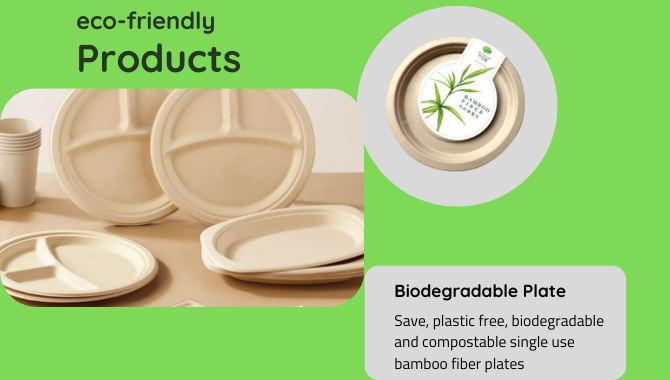
Quality and Customization
PANABAM’s bamboo plates are crafted to meet rigorous quality standards. We ensure that each plate is durable, stylish, and capable of handling both hot and cold foods. Additionally, we offer customizable logos and designs, making them a great choice for businesses looking to enhance their brand while maintaining an eco-friendly image.
Our bamboo plates are made to last throughout the entirety of an event, offering a premium alternative to cheap plastic plates that break or bend easily. Customization allows businesses to align their eco-friendly efforts with their marketing strategies, making bamboo plates a perfect branding tool for those in the hospitality and food industries.
Versatility
Our bamboo plates come in various sizes and styles, suitable for a wide range of occasions. From casual outdoor picnics to formal events, PANABAM bamboo plates can be used for any gathering. Their versatility makes them the perfect choice for businesses in catering services, restaurants, or even event planning.
The different designs and sizes allow for flexibility, whether you’re serving a light snack at a party or a full course meal at a wedding. PANABAM bamboo plates suit any event, and their stylish appearance ensures they complement the atmosphere while contributing to a sustainable future.
Addressing Common Misconceptions?
Despite the growing popularity of bamboo plates, there are still some misconceptions about their production and safety. Let’s address some of these concerns.
Let’s clear up the confusion about bamboo plate production and chemical safety.
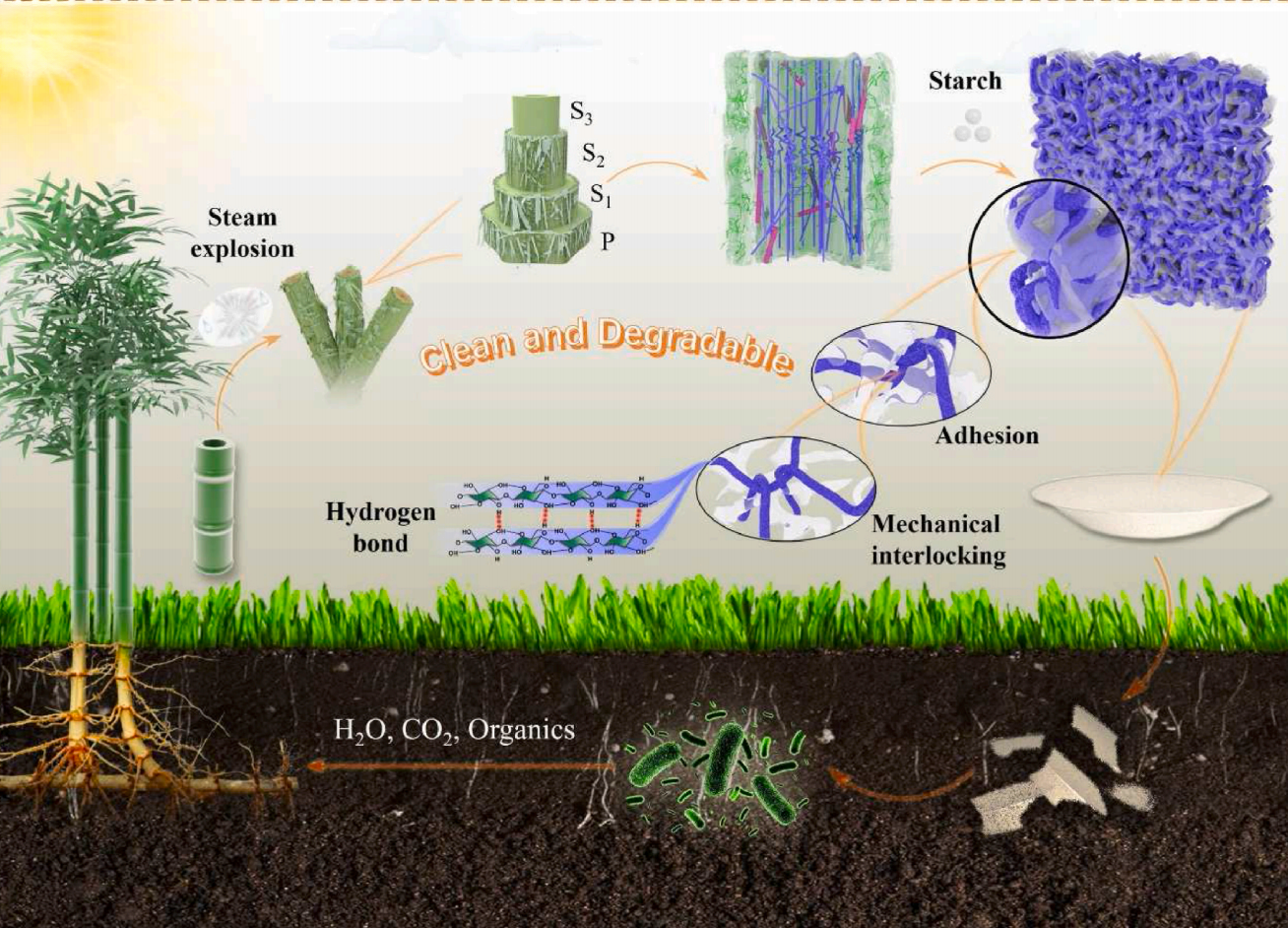
Processing Concerns
Some people assume that the processing of bamboo into tableware consumes large amounts of energy or resources. In reality, bamboo is processed in an efficient, eco-friendly way. The production methods used by companies like PANABAM are designed to minimize energy consumption and environmental impact. Bamboo requires much less water and energy compared to materials like plastic, making it an environmentally sustainable option.
Bamboo processing typically involves drying, pressing, and cutting the material into desired shapes. While this process does require some energy, the overall environmental impact is low, especially compared to the energy-intensive production of plastic. Bamboo processing facilities also tend to be more energy-efficient, helping to reduce the carbon footprint of the final product.
Chemical Safety
Another concern consumers often raise is the safety of bamboo plates in terms of chemicals. At PANABAM, we take safety seriously. Our bamboo plates are free from harmful chemicals, such as BPA and phthalates, ensuring that our products are safe for both the environment and consumers. We use only natural adhesives to assemble the plates, making them completely safe for food use.
Our bamboo plates are tested for food safety to ensure they meet international standards. Unlike plastic plates, which may leach chemicals into food, PANABAM bamboo plates offer a safe, non-toxic alternative for any occasion. By choosing our plates, you can trust that you are making a responsible choice for both your customers and the planet.
Real-Life Applications and Client Testimonials?
Bamboo plates are already being used successfully by many businesses around the world. PANABAM has had the privilege of working with a diverse range of clients who value sustainability.
Discover how PANABAM’s bamboo tableware has transformed businesses and contributed to a greener future.

Catering Services and Restaurants
Several of our clients in the catering and restaurant industries have switched to PANABAM bamboo plates and have shared their positive experiences. They have found that not only do bamboo plates offer a high-quality, eco-friendly alternative to plastic, but they also enhance the overall presentation of their food.
By choosing bamboo, these businesses have successfully aligned their operations with sustainable practices while also appealing to the growing consumer demand for environmentally conscious products.
Conclusion
Bamboo plates offer a sustainable, eco-friendly alternative to plastic and other disposable materials. By choosing bamboo, you’re not only contributing to a cleaner planet but also enjoying high-quality, customizable tableware for any occasion.

Shmily Lee
Hi there! I’m Shmily, a proud mom to an amazing boy and the manager of PANABAM. We’ve been producing eco-friendly bamboo tableware that’s both sustainable and high-quality. I’m passionate about helping businesses embrace greener solutions. Let’s connect and create a more sustainable future together!

